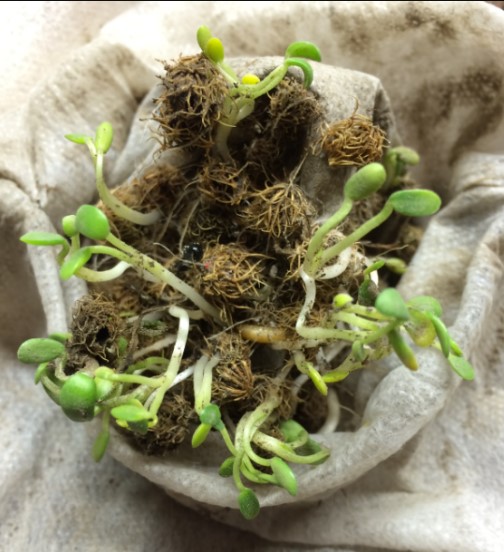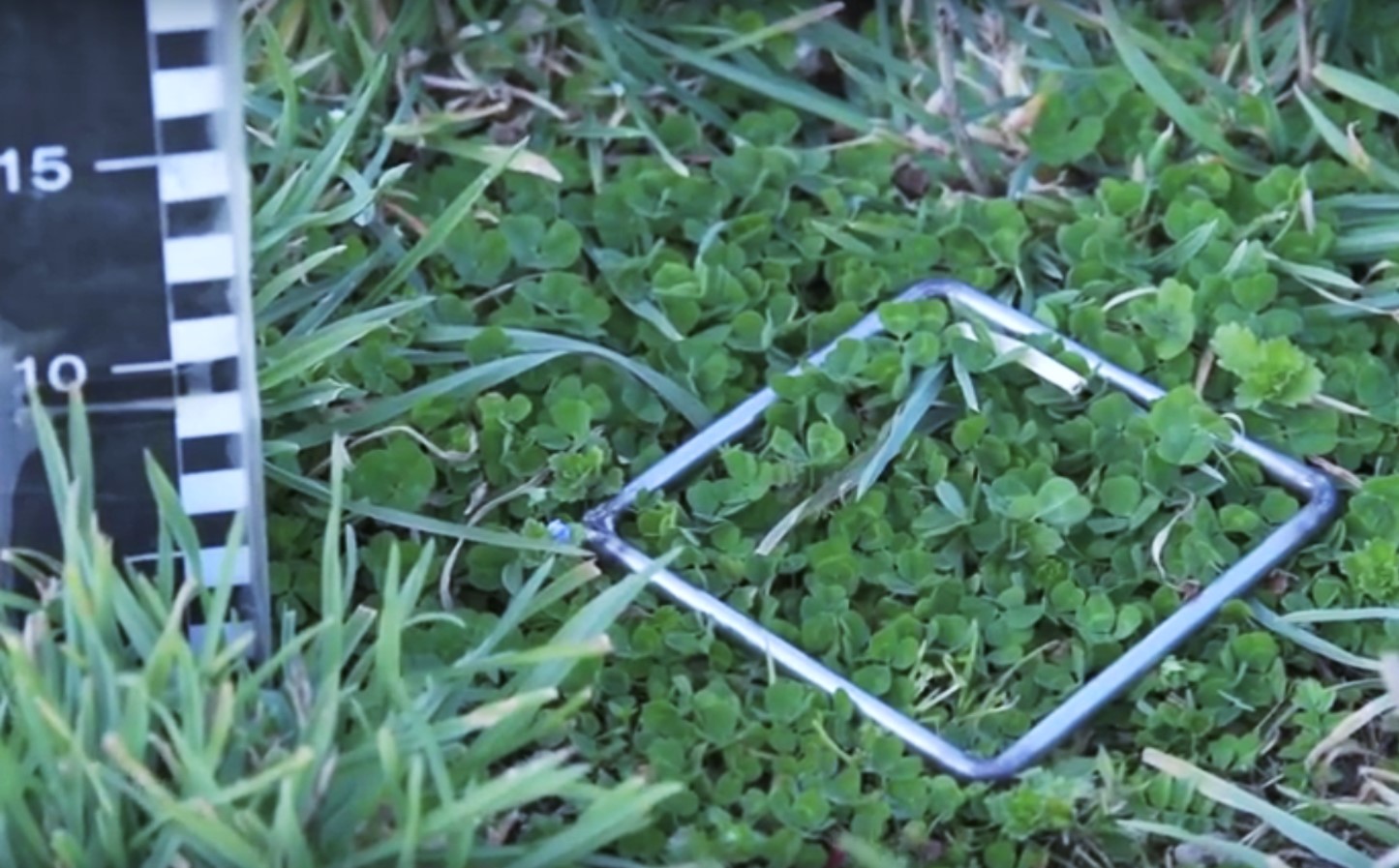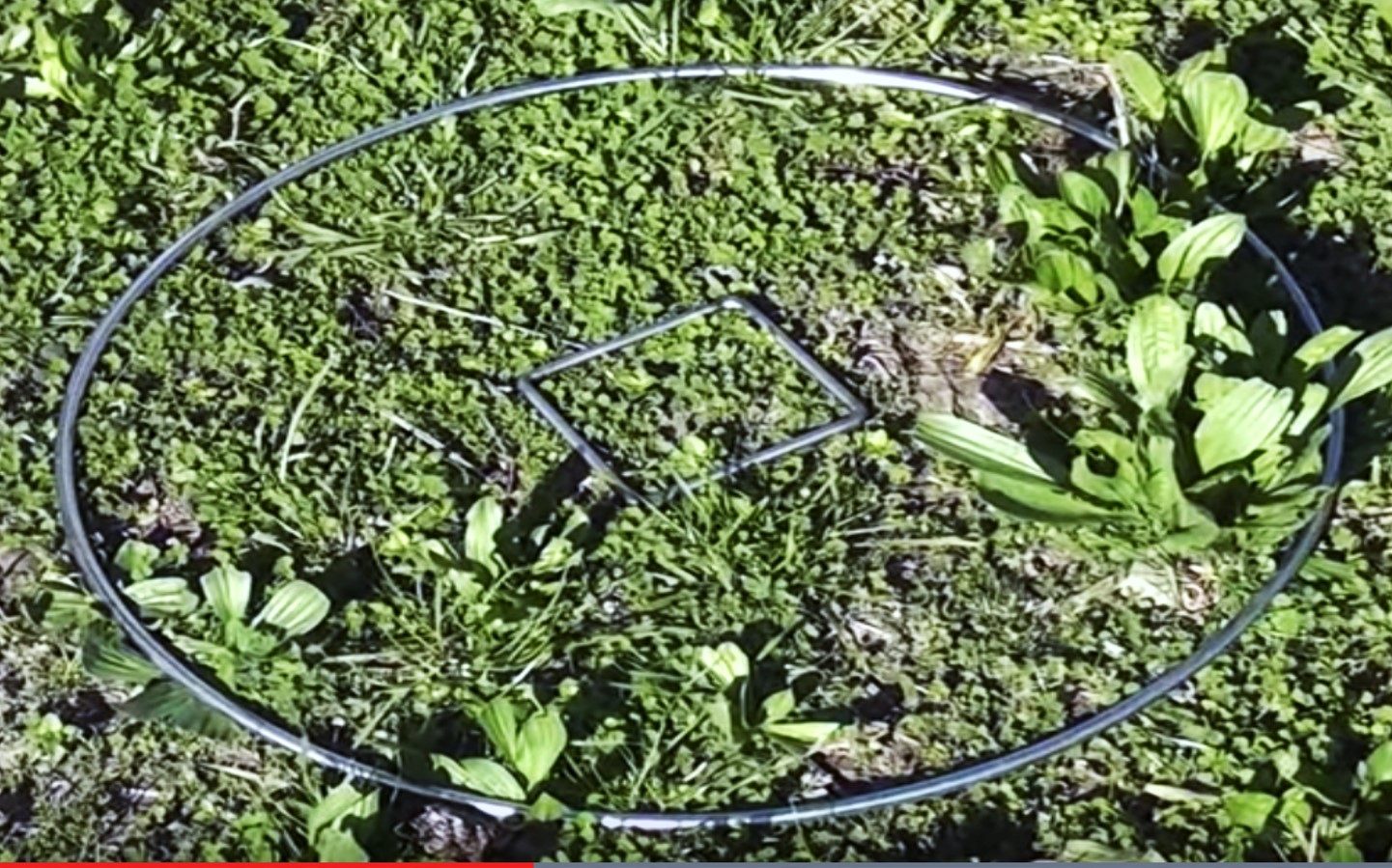Cool sub clovers and the low winter temperatures
Prepared by: Carmen Teixeira (PhD candidate) and edited by the Dryland Pastures Research Team (Prof. Derrick Moot, Mr Dick Lucas, Dr Sonya Olykan and Dr Annamaria Mills) Winter has arrived and this time is associated with Matariki (the Māori New Year), and also marks the shift of the sun’s journey in the sky (see the … Read more









